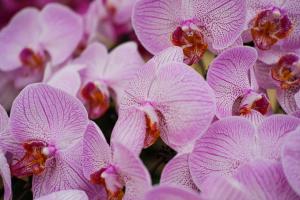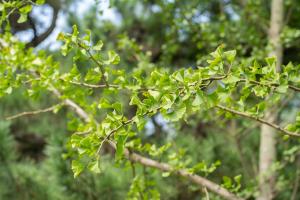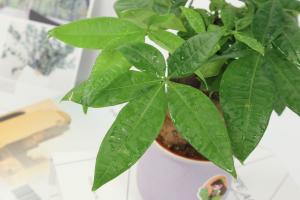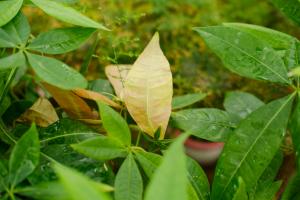1. Soil
To cultivate Phalaenopsis at home, you can choose breathable, humus containing and weakly acidic soil
2. Temperature
The suitable temperature for the growth of Phalaenopsis is 18-28 ℃. In summer, the plant should be placed in a cool and ventilated place to help it spend the midsummer. In winter, the indoor temperature is sometimes lower than 10 ℃, which is not conducive to growth and moves to a warm place for growth
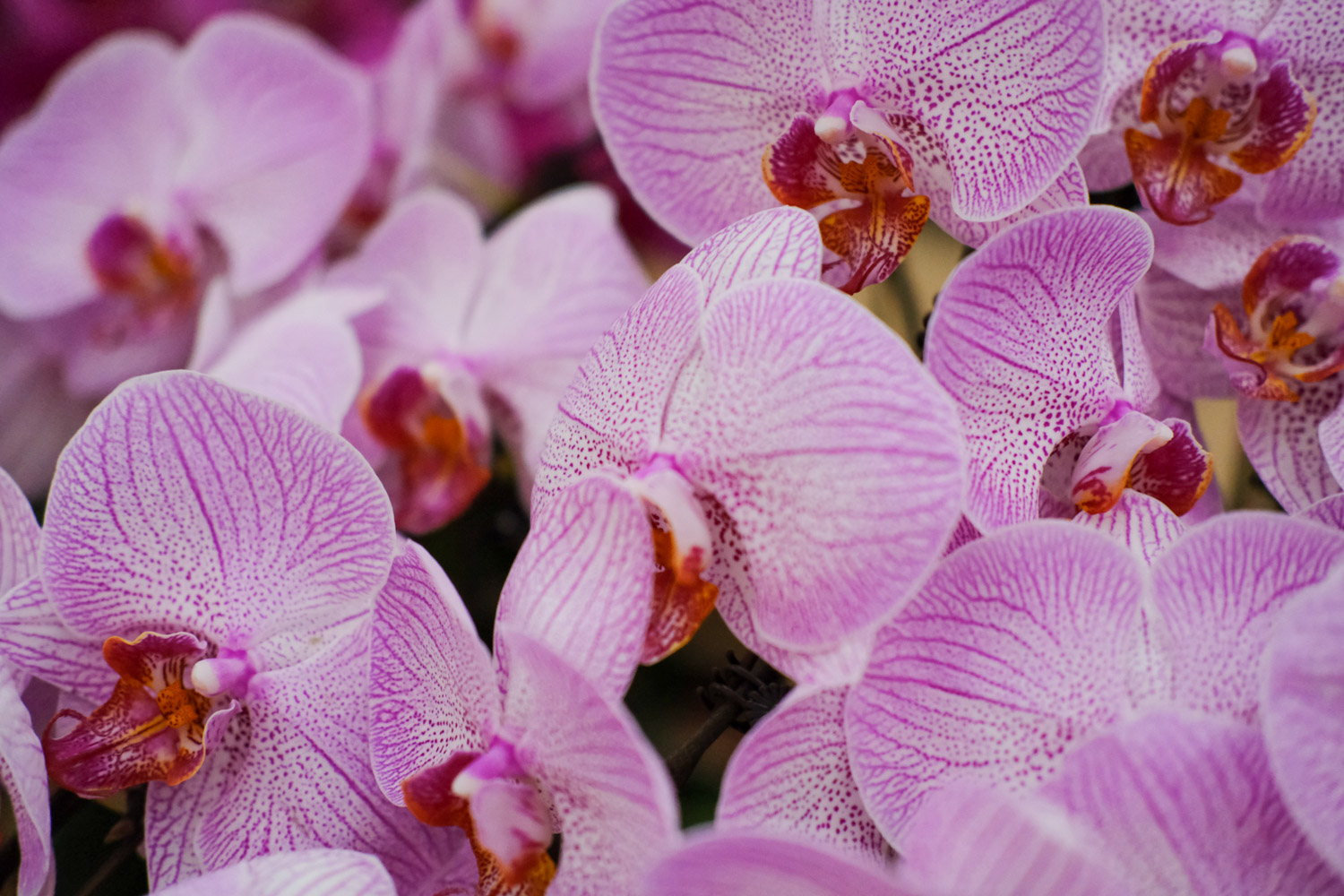
3. Moisture
In spring and summer, water once a day and spray water with a watering can appropriately 2-3 times. In autumn and winter, reduce the amount of water. Watering can be controlled once every 2-5 days. Do not splash water on the leaves when watering, otherwise it will lead to leaf rot and other phenomena. When spraying water, aim the nozzle at the outside of the flowerpot to increase the humidity of the surrounding air
4. Illumination
Phalaenopsis is a plant that likes shade. Summer is its vigorous growth period. When the sun is too strong, it must be shaded, and its leaves will be burned. The sunshade material can be removed after October. Proper illumination can be carried out in autumn, and the temperature difference between morning and evening can promote flowering
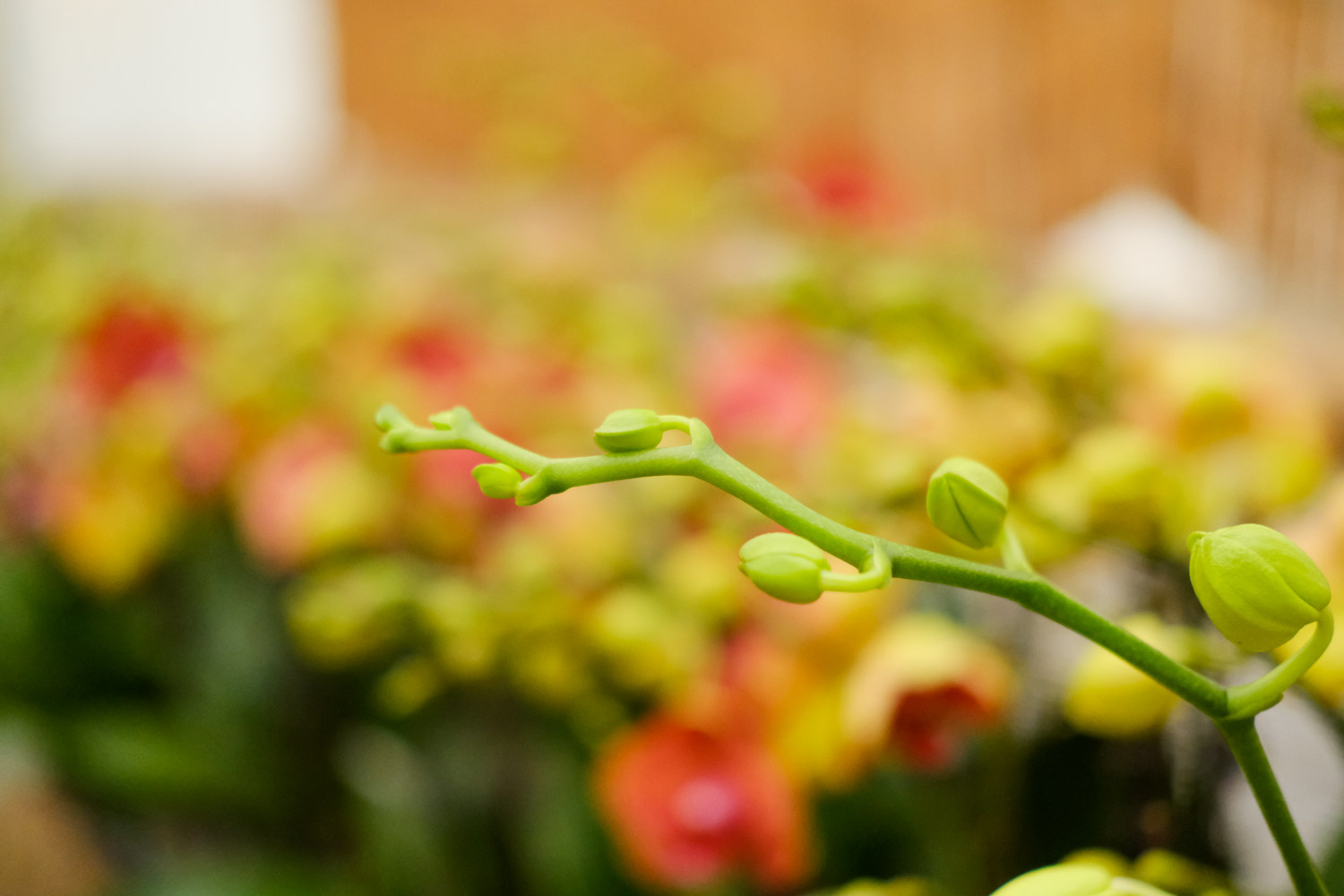
5. Fertilization
Potassium dihydrogen phosphate or Phalaenopsis special fertilizer can be selected, and the fertilization concentration is about 0.1% - 0.2%. Fertilization should be stopped during flowering in winter
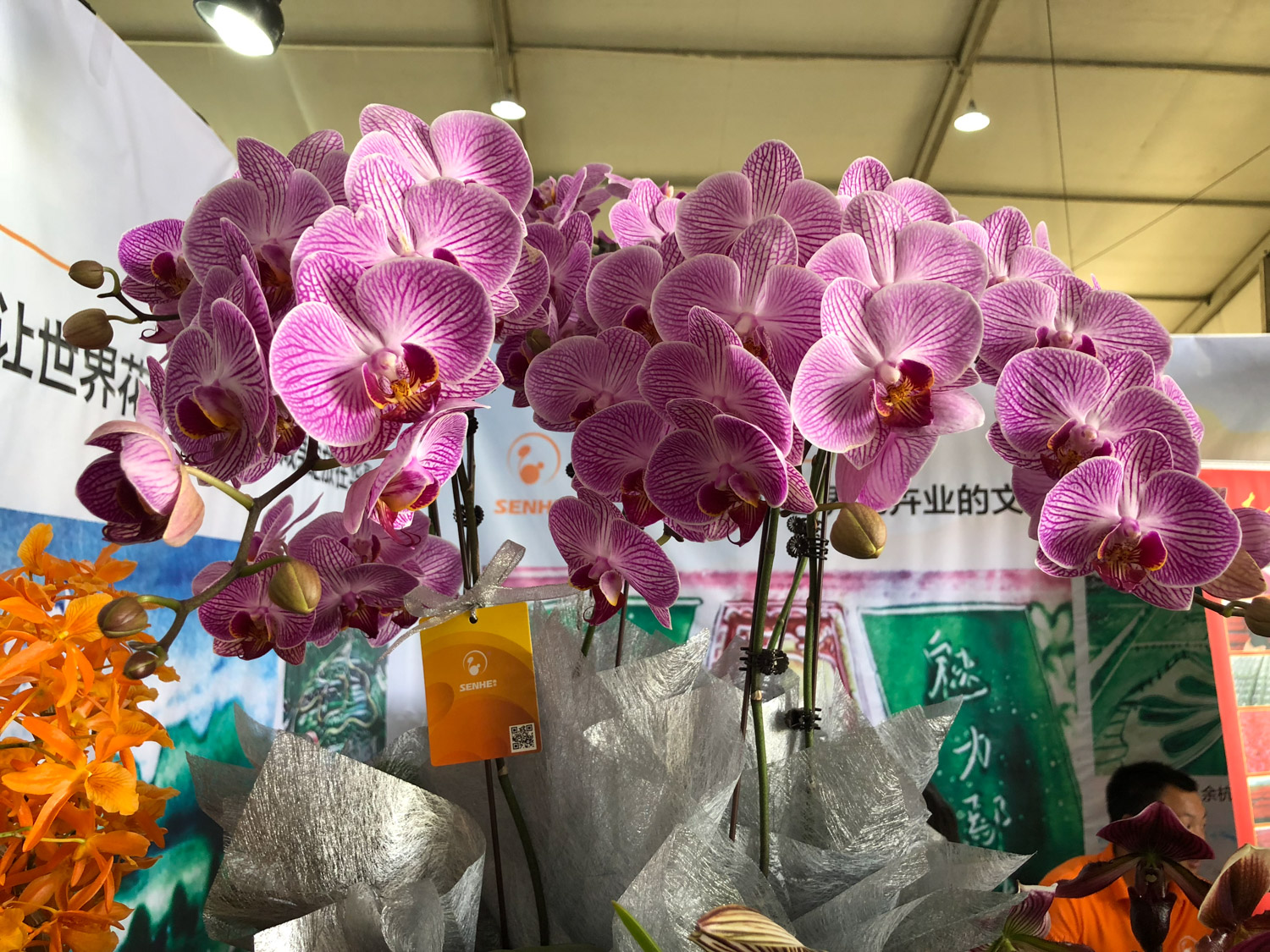

 jackfruit
jackfruit snake plant
snake plant hibiscus
hibiscus hydrangea
hydrangea lavender
lavender Green roses climb al...
Green roses climb al... If you don't pay att...
If you don't pay att... Management of four g...
Management of four g...

